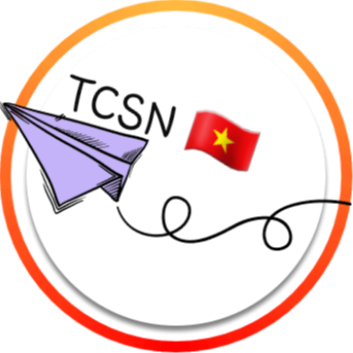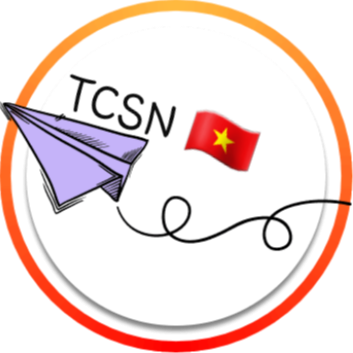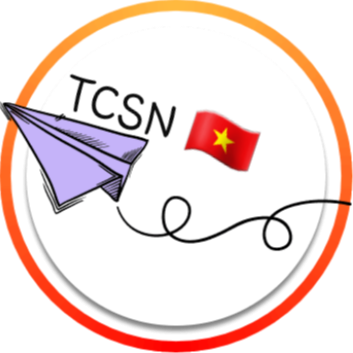- 10 Beiträge
- 0 Fotos
- 0 Videos
- anschliessend 1 people
Jüngste Beiträge
- Anti-Microbiome Ab Secondary AntibodiesAnti-microbiome antibody secondary antibodies are specialized reagents used in various immunodetection applications to study the microbiome. These secondary antibodies are designed to bind specifically to primary antibodies that target components of the microbiome, such as proteins or other antigens from bacteria, fungi, or viruses. They are crucial in amplifying the signal for detecting these...0 Kommentare 0 Anteile 3041 AnsichtenPlease log in to like, share and comment!
- Bacterial Staining TechniquesBacterial staining techniques are essential laboratory methods used to enhance the visibility and differentiation of microbial cells under a microscope. By applying various stains, researchers can identify bacteria, observe their morphology, and distinguish between different types of bacterial structures. Here are some common bacterial staining techniques: Common Bacterial Staining...0 Kommentare 0 Anteile 2885 Ansichten
- CRISPR and BAC Technologies in Transgenic MiceCRISPR and BAC (Bacterial Artificial Chromosome) technologies are powerful tools used in the creation and study of transgenic mice, each offering unique advantages for genetic manipulation and functional studies. CRISPR Technology in Transgenic Mice Precise Genome Editing: CRISPR/Cas9 technology allows for accurate and efficient editing of the mouse genome. Researchers can...0 Kommentare 0 Anteile 2981 Ansichten
- Anti-HIgG(Fc)Fab-N-DM1 ADCThe anti-HIgG(Fc)Fab-N-DM1 ADC represents a novel class of antibody-drug conjugates (ADCs) designed for targeted cancer therapy. This ADC utilizes an anti-HIgG(Fc) antibody fragment (Fab) linked to the cytotoxic agent DM1, a potent microtubule inhibitor. By specifically targeting the Fc region of human immunoglobulin G (IgG), the anti-HIgG(Fc)Fab-N-DM1 ADC selectively delivers the cytotoxic...0 Kommentare 0 Anteile 2927 Ansichten
- Application of Microfluidics in IVDMicrofluidics has revolutionized the field of in vitro diagnostics (IVD) by enabling the miniaturization and integration of complex laboratory processes onto a single chip. This technology leverages the manipulation of tiny fluid volumes, offering a range of benefits that enhance diagnostic capabilities in various medical settings. Here are some key applications of microfluidics in...0 Kommentare 0 Anteile 2924 Ansichten
- 16S Ribosomal RNA Sequencing for Gut Microbiota16S Ribosomal RNA Sequencing for Gut Microbiota is a pivotal technique used to analyze and understand the complex communities of microorganisms residing in the gastrointestinal tract. This method targets the 16S rRNA gene, which is highly conserved among different species of bacteria, allowing researchers to identify and classify bacterial populations within the gut ecosystem accurately. By...0 Kommentare 0 Anteile 4101 Ansichten
- Carbohydrate Modification based Half-Life ExtensionBioactive natural protein conjugation is a cutting-edge technique that involves linking bioactive molecules to natural proteins to enhance their functionality or therapeutic potential. This process allows for the creation of multifunctional biomolecules that can perform specific tasks, such as targeted drug delivery, improved stability, or enhanced bioavailability. By utilizing bioactive...0 Kommentare 0 Anteile 3365 Ansichten
- Ribosomal Defects: Genetic, Acquired, and Epigenetic SaboteursGenetic Mutations: From Anemia to Developmental Disorders RP mutations: RPS19 defects impair 18S rRNA processing, reducing functional 40S subunits and causing Diamond-Blackfan anemia (DBA). rRNA biogenesis defects: SBDS gene mutations in Shwachman-Diamond syndrome disrupt 60S subunit maturation, leading to pancreatic insufficiency and leukemia predisposition.0 Kommentare 0 Anteile 3115 Ansichten
- Single Cell RNA SequencingSingle Cell RNA Sequencing (scRNA-seq) is a transformative technology that enables the analysis of gene expression at the individual cell level. This approach allows researchers to unravel the complexities of cellular heterogeneity within tissues, identifying unique cell types and revealing developmental pathways that are often masked in bulk tissue analysis. By applying Single Cell RNA...0 Kommentare 0 Anteile 3498 Ansichten
- Circle-Seq based eccDNA IdentificationExtrachromosomal circular DNA (eccDNA) is a fascinating genetic element found in both normal and cancerous cells. Unlike the linear DNA typically organized within chromosomes, eccDNA exists as small, circular molecules that can carry genes or regulatory elements. Recent research has highlighted the role of eccDNA in genomic diversity, contributing to gene amplification and expression...0 Kommentare 0 Anteile 3645 Ansichten
Mehr Artikel










